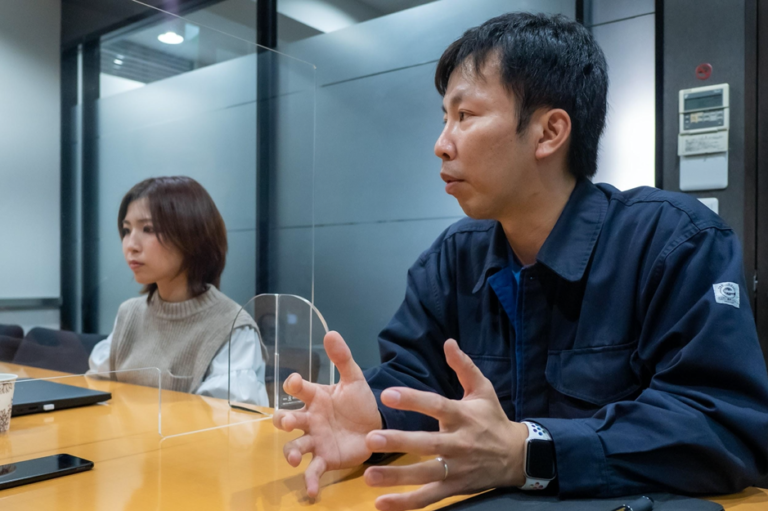Preserving local culture via 360 imagery and providing experiences not possible in reality
Background
There are many tangible and intangible cultural assets in Japan.
Although they are not World Heritage sites that attract many visitors, they have been handed down from generation to generation by the locals, making them more accessible to hands-on experiences.
Nowadays, unfortunately, the mentality of protecting and passing down the local culture from generation to generation is waning among the local populace.
Preserving Local Culture with 360° Imagery
In Yokohama city, there is a system of caves called the ‘Taya Caves’ that were dug by hand over a period of years by ascetic monks.
The caves, used by the monks for meditation, are hidden beneath the hills in the area. They are a cultural asset registered as a local historic site in Yokohama city.

The 570-meter-long cave is said to have been built by ascetic monks between the Kamakura and Edo periods (12th to 18th B.C.). The cave has three levels and eleven dome-shaped chambers. On the inner walls you can see about 300 beautiful reliefs that were painstakingly carved by the ascetic monks.
Let’s enter the cave so you can experience it for yourself.
The Executive Committee for the Preservation of the Taya Caves is documenting them using 360 digital imagery in order to preserve these precious underground cultural assets in their current state and pass them on to the next generation.
They hope that people will feel a bond with the local culture and develop a mindset in their daily lives that it is their responsibility to protect their cultural heritage and pass it on to future generations. This way every member of the community can contribute to the protection of their local heritage.
The Value of 360 Degree Imagery
By utilizing 360 degree imagery, you can see the cave as if you were there. Indeed, you can see the details of the reliefs in all 360 degrees more beautifully than if you were to actually stand there, thanks to image processing technology. Of course, it is valuable to visit the caves for real, but a virtual experience based on 360 degree imagery allows you to explore the caves with complete freedom, which is something you cannot do in reality.
And best of all, despite RICOH THETA’s diminutive size, it can take pictures in all directions, even in tight spaces such as caves.

Climate change is having an impact on the caves. According to data from the Japan Meteorological Agency, the annual number of rainfall events with an hourly rainfall of 50 mm or more has increased by about 20 times in the past decade, leading to serious erosion of the cave and threatening its deterioration.
Looking down into the cave, trenches can be seen that have been dug at the foot of the cave as channels to drain water which is seeping from the walls.

Digital imagery will continue to be used for conservation over the coming years, and 360 degree imagery in particular can serve as a tool for passing on the stories of people's lives and culture to future generations. Not only can it be viewed on site, but it can also be shared with schools, communities, and people overseas. What would the people who dug this cave be thinking and how would they have spent their days? What were their thoughts and feelings as they dug the cave by hand?
It would be great if such digital data could be used in many places around the world. Respecting the treasures left behind by our ancestors and the regions in which they exist should inevitably lead to respect for other countries, religions, cultures, and people.
REFERENCES
Taya Caves
Ricoh Corporate Article
https://jp.ricoh.com/about/viva-la-genz/explore-an-ancient-japanese-artificial-cavern-in-360/
Related technologies
- Small cameras
- Super-resolution technology




.jpg)


.svg)




